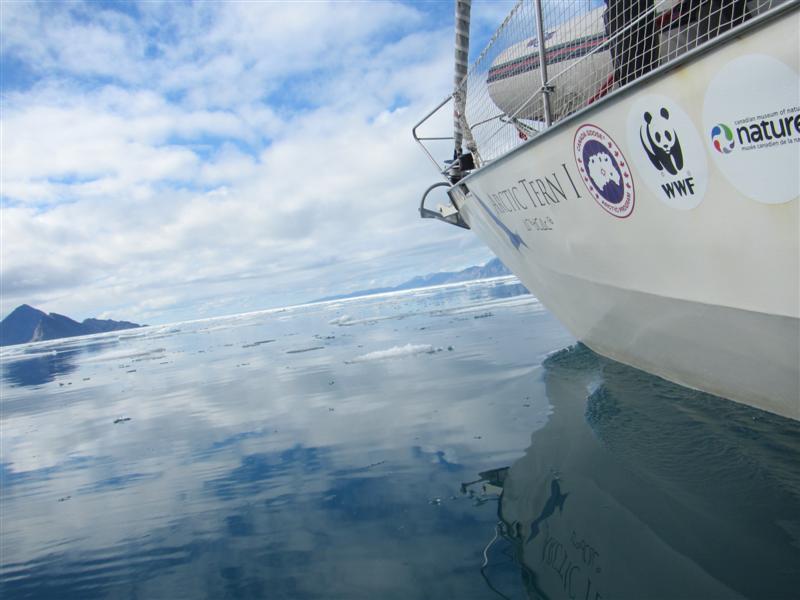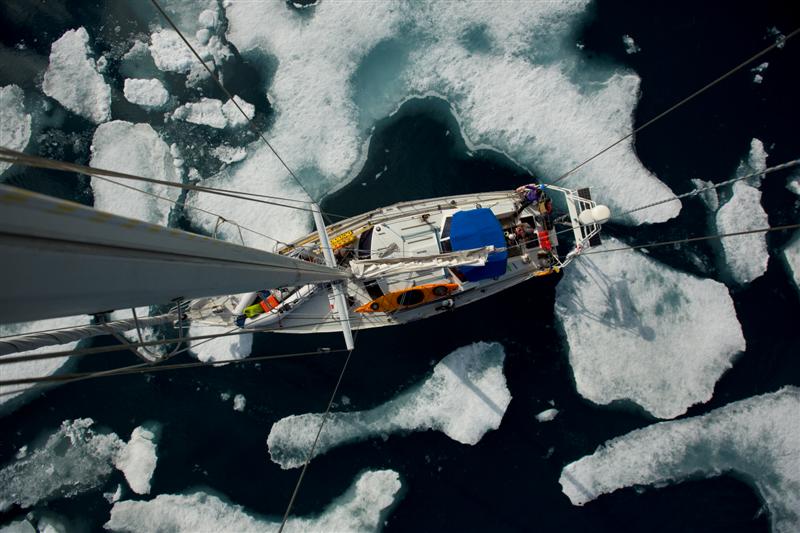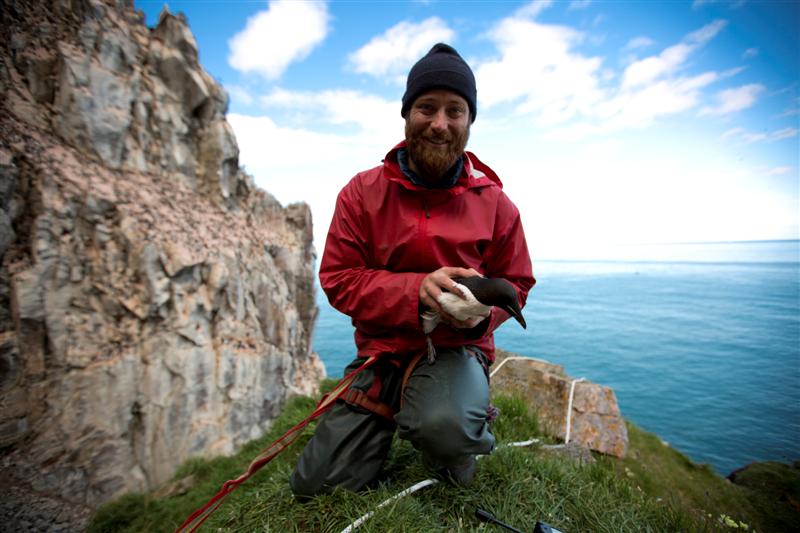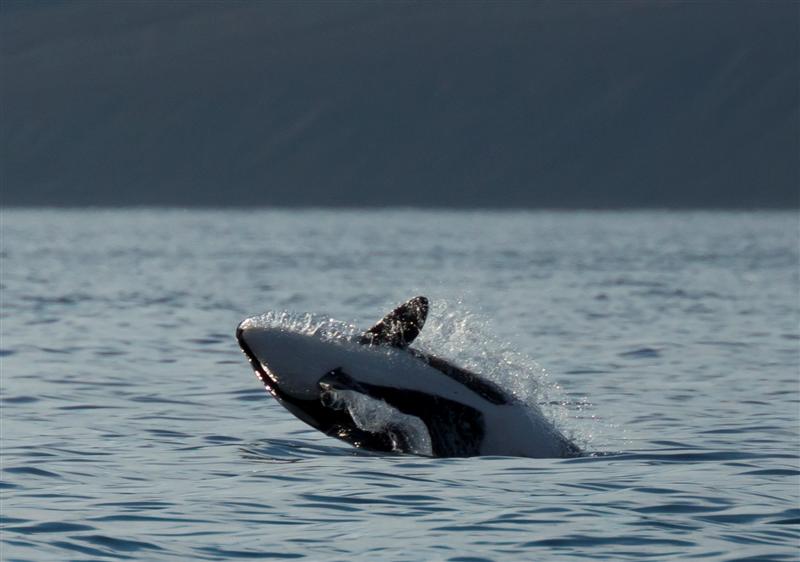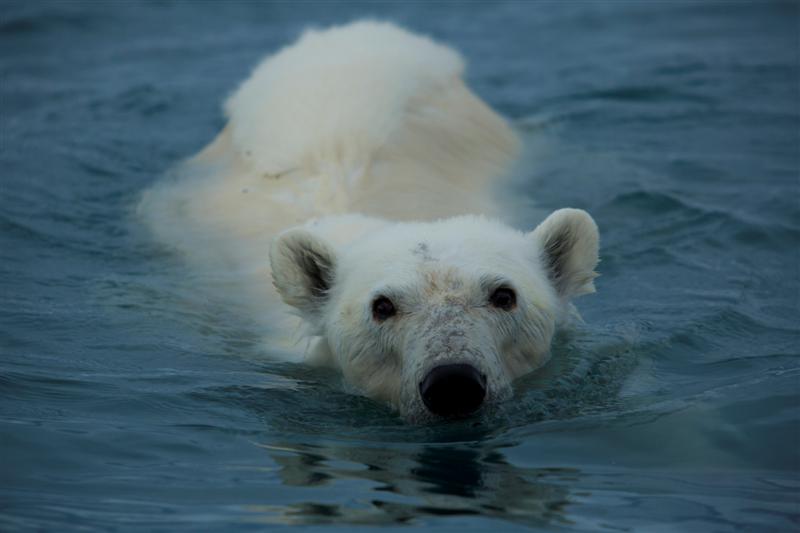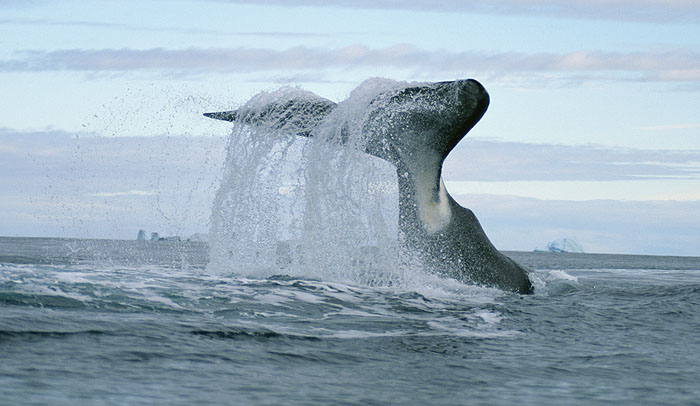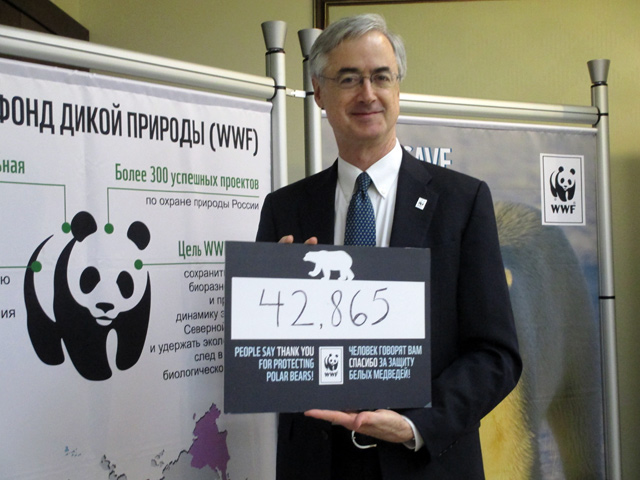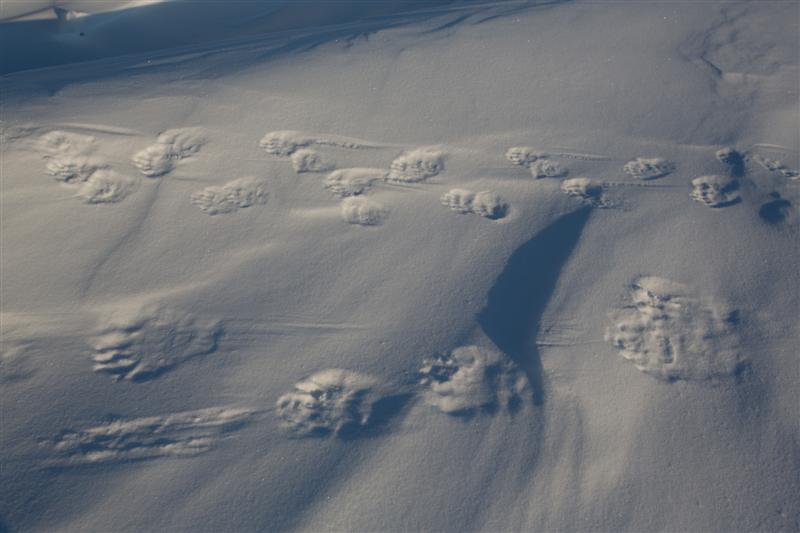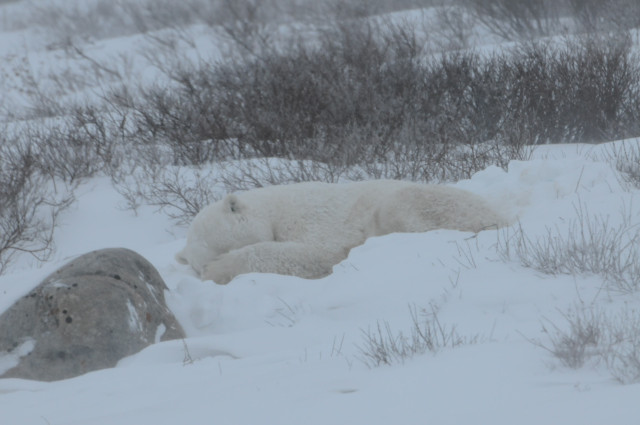Arctic Tern I is a polar expedition vessel acquired by the Students on Ice Foundation in partnership with WWF to provide a safe, environmentally friendly, cost effective, and versatile platform for education, research and media projects in the Arctic. In summer 2013, Arctic Tern I headed to the eastern Canadian Arctic and on the first of a five-year mission to assess biodiversity in this important and fast-changing part of the world, and contribute to constructive and collaborative solutions for a sustainable future.
Polar sailors and scientists Grant Redvers and Pascale Otis share their experiences and photos from the journey, in the second of a four-part series (part 1 here).
Why explore the Arctic with a small vessel?
- A small vessel allows close interaction with communities. Arriving on a small yacht (as opposed to by plane, or sailing in on a large ship) instantly signals to communities that you have made a big effort to visit. We have found that small boats, although more and more common in the north, still create a real interest with people in every town we visit. A small boat provides an environment that both youth and elders appear comfortable and happy to visit (and possibly work on in the future). Arctic Tern has been a great facilitator for meeting the locals, sharing stories and having a laugh as we sit around the table over a hot coffee!
- We can spend more time on individual projects, for a lot less cost, compared to larger expedition ships that typically have multiple projects sharing time and resources, and a very inflexible schedule.
- We can access shallow coastal waters, exploring areas of the coast where larger ships generally don’t sail.
- Doing anything in the north requires either a helicopter/plane or boat to go anywhere. A small yacht allows us to operate autonomously, providing a floating research platform, film platform and comfortable living for all aboard!
What are the challenges of piloting a small ship in the Arctic?
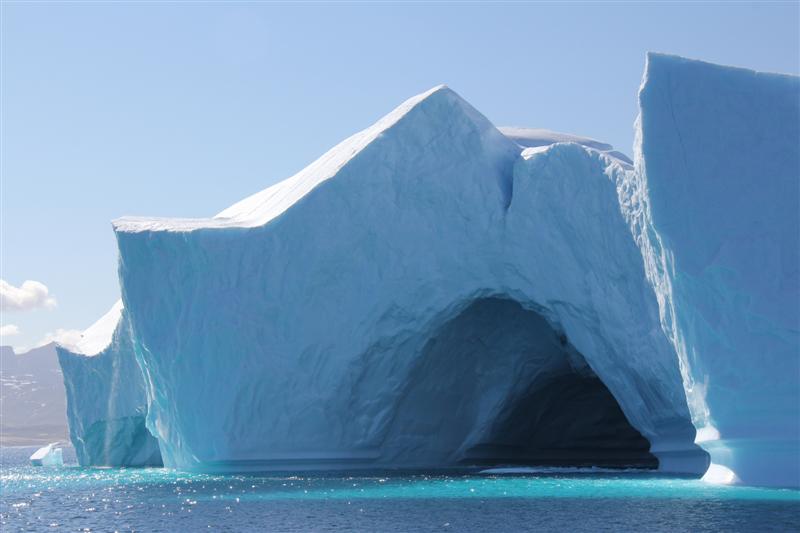
To stay safe while sailing the Arctic in a small vessel, the crew pays close attention to the elements.
- The weather is a daily obsession aboard, and one of the main factors determining when we start and end the season, and when we move the boat.
- We track sea ice cover very closely in the Spring. We can’t cross the Labrador Sea and Davis Strait, or get to remote northern communities, until the sea ice has melted or broken out. During the summer we constantly monitor ice charts to keep track on drifting pack ice and areas with a high density of icebergs. Ice is obviously a constant risk in the north that governs every decision.
- Sailing north in spring, daylight hours increase rapidly, making our job progressively a lot easier – we can see most ice (unless it’s foggy). Conversely, sailing south at the end of the season, it gets dark quickly. Combined with the poor weather, this is a key factor determining when we move the boat, as there can still be a large number of icebergs around in late summer.
